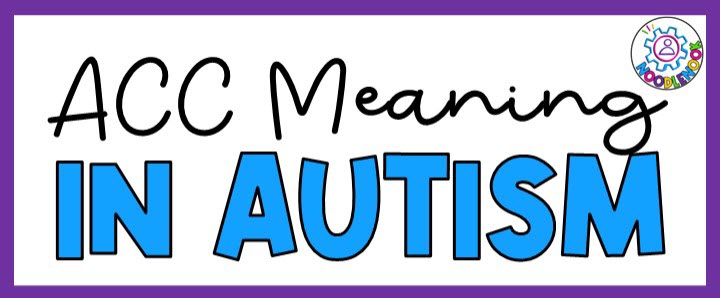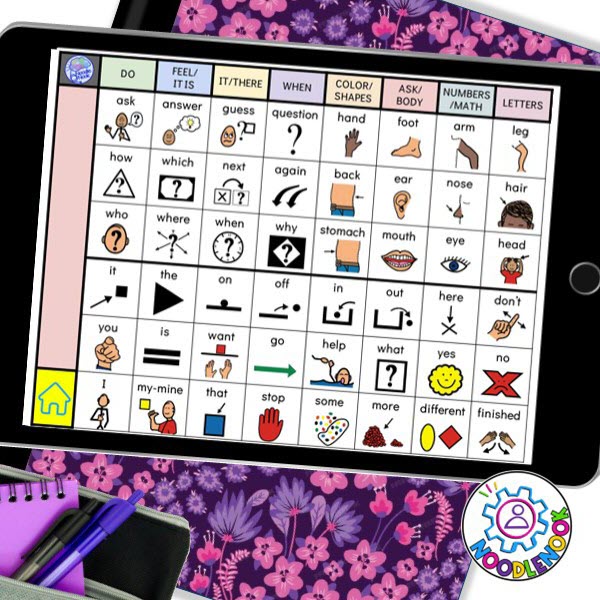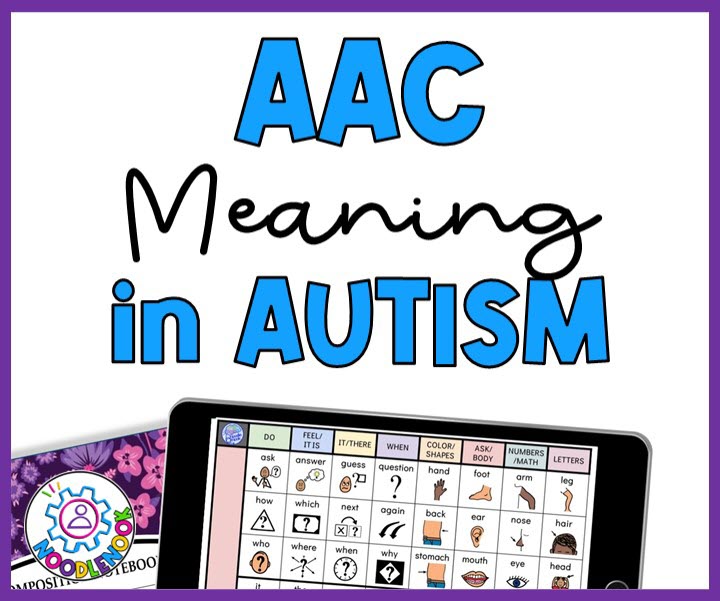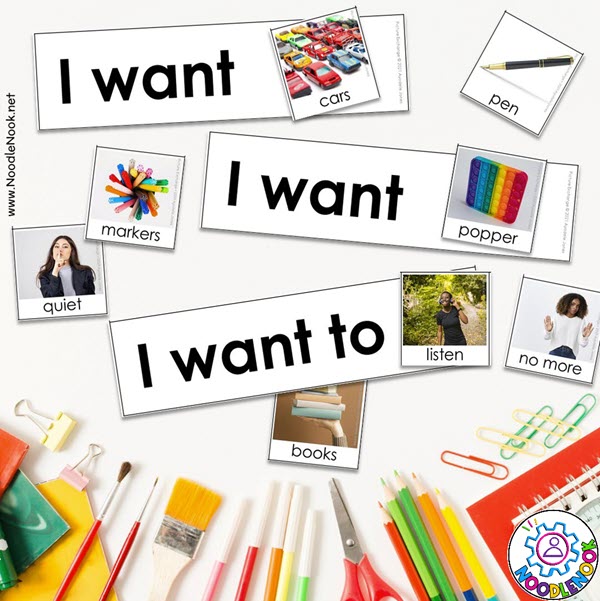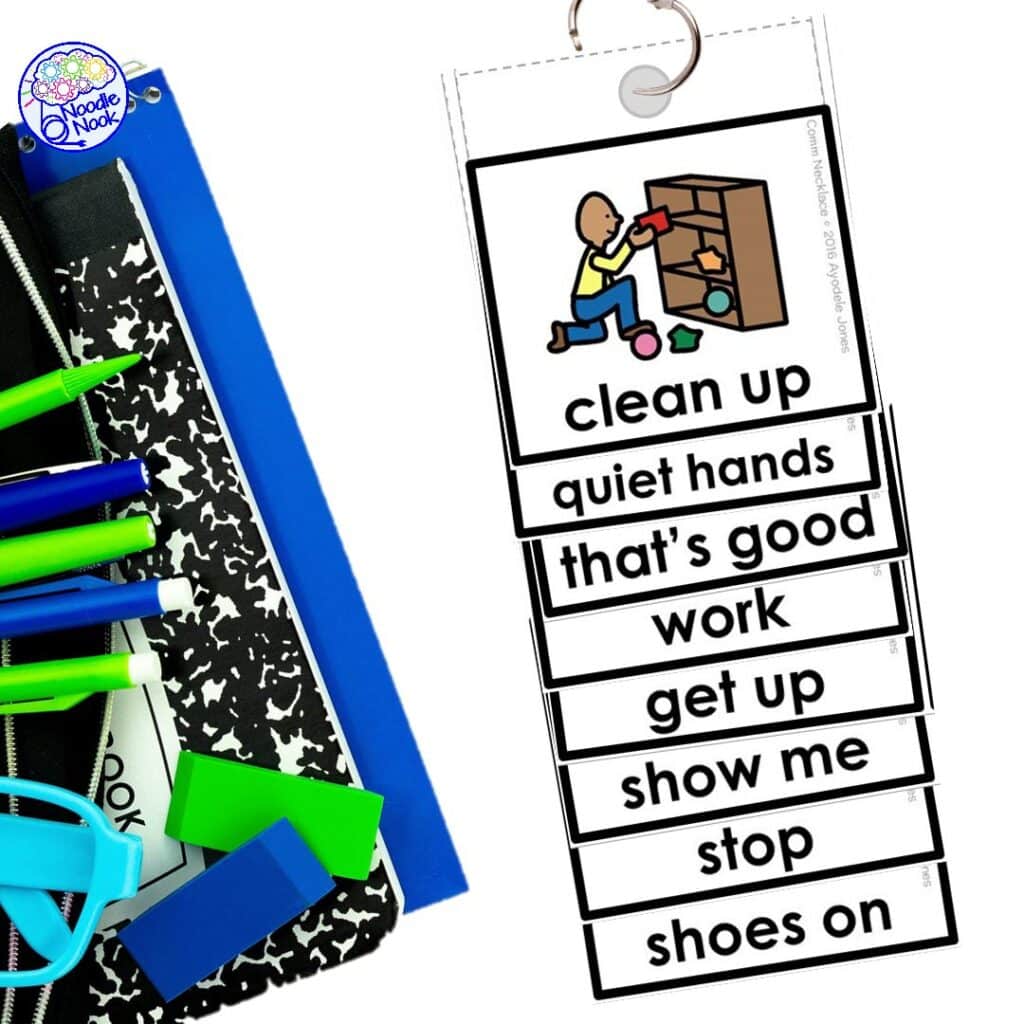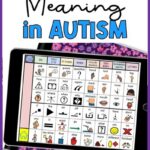Autism spectrum disorder (ASD) is a developmental disorder that affects how people communicate and interact with others. People with ASD may have difficulties with social communication, language development, and non-verbal communication, such as facial expressions, body language, and eye contact. These challenges can make it hard for them to express their thoughts, feelings, and needs, as well as to understand those things in others.
One way to help people with ASD improve their communication skills is to use augmentative and alternative communication (AAC) devices. AAC devices are tools that supplement or replace verbal speech for people who have communication difficulties. They can range from low-tech systems, such as picture cards, communication boards, and manual signs, to high-tech devices, such as speech-generating devices, electronic tablets, and mobile phones. AAC devices can help people with ASD to communicate more effectively, independently, and confidently in different contexts and situations.
Benefits of AAC Devices for People with ASD
I can remember back during my early days in the classroom. I did not prioritize incorporating student AAC devices into my lessons. I didn’t realize then just how critical access to an alternative method of communication was for my students. From improved social interactions to better academic outcomes, alternative communication methods play a critical role in postsecondary success.
Using AAC devices can have many benefits for people with ASD, such as:
- Enhancing their language skills, such as vocabulary, grammar, and sentence structure.
- Improving their social skills, such as initiating, maintaining, and ending conversations, taking turns, and asking and answering questions.
- Increasing their expressive communication, such as making requests, expressing opinions, and sharing information.
- Reducing their frustration, anxiety, and challenging behaviors caused by communication difficulties.
- Supporting their learning and academic achievement in school and other settings.
- Promoting their inclusion and participation in social and community activities.
Clearly, AAC interventions are beneficial to students with autism, but they also benefit students with intellectual disabilities, traumatic brain injury, developmental disabilities/developmental disorders, or cerebral palsy. With so many benefits, it’s worth including this critical piece of support in your classroom.
Types of AAC Devices for People with ASD
There are many different types of AAC devices that can suit the individual needs and preferences of autistic children. Some of the most common ones are:
Picture exchange communication system (PECS):
This is a low tech picture-based system that uses picture cards to help people with ASD communicate their wants and needs. The person with ASD gives a picture card to a communication partner, who then responds by providing the item or action depicted on the card. PECS can help people with ASD to develop functional communication, as well as to learn the concept of exchanging symbols for outcomes.
Communication boards and books:
These are low-tech picture-based systems that use symbols, words, or phrases to help people with ASD communicate various messages. The person with ASD points to or touches the symbols, words, or phrases on the board or book, which can be either printed or electronic. Communication boards and books can help people with ASD to expand their vocabulary and express more complex ideas with visual aids.
Speech-generating devices (SGDs):
These are high-tech devices that use speech output to help people with ASD communicate verbally. The person with ASD selects symbols, words, or phrases on the device, which then produces spoken messages. SGDs can help people with ASD to improve their verbal speech, as well as to communicate with people who do not understand their non-verbal communication.
AAC apps:
These are high-tech devices that use software applications to help people with ASD communicate through various modes, such as text, speech, or images. The person with ASD uses a tablet, smartphone, or computer to access the app, which can have different features and functions, such as text-to-speech, voice recording, or video calling. AAC apps can help people with ASD to communicate more flexibly and conveniently, as well as to access more information and resources.
It’s also important to consider that not all autistic people will have success with augmentative communication using high-tech electronic devices. The goal is effective communication. That may be by using sign language, using hand signals or hand signs, using assistive technology, using single switch buttons as speech generating devices, or any other alternative means of communication. When working with preverbal or nonverbal individuals, the type of AAC device is less important than having at something!
How to Choose the Best AAC Device for People with ASD
There is no one-size-fits-all AAC device for people with ASD. The best AAC device for each person depends on their specific needs, abilities, goals, and preferences. Some of the factors to consider when choosing an AAC device for people with ASD are:
- The level of language and communication skills of the person with ASD, such as their understanding and use of words, symbols, and gestures.
- The type and frequency of communication needs of the person with ASD, such as their daily routines, activities, and interactions.
- The ease of use and accessibility of the AAC device, such as its size, weight, portability, durability, battery life, and compatibility with other devices.
- The availability and affordability of the AAC device, such as its cost, warranty, maintenance, and technical support.
- The preferences and opinions of the person with ASD, as well as their family, caregivers, teachers, and other team members.
As a classroom teacher, the most important thing when it comes to incorporating an AAC system in the classroom is consistency and availability. You have to make sure the device is always available and you consistently incorporate it into classroom lessons and tasks. If you are still struggling with how to choose an AAC system, consult with an occupational therapist or speech therapists for help.
How to Support the Use of AAC Devices for People with ASD
Using an AAC device is not a quick fix or a replacement for verbal speech. It is a valuable tool that can help people with ASD to communicate more effectively and independently. It can also improve motor skills, target language delay, and support language acquisition. To do that, it requires ongoing support and training. Some of the ways to support the use of AAC devices for people with ASD are:
- Providing opportunities and motivation for the person with ASD to use the AAC device in different settings and situations, such as home, school, and community.
- Modeling and prompting the person with ASD to use the AAC device appropriately and consistently, such as by using the same symbols, words, or phrases as they do, and by providing feedback and reinforcement.
- Encouraging and facilitating the communication partners of the person with ASD to use the AAC device as well, such as by teaching them how to operate the device, how to respond to the messages, and how to engage in conversations.
- Monitoring and evaluating the progress and outcomes of the person with ASD using the AAC device, such as by collecting data, setting goals, and making adjustments.
As I mentioned, incorporating alternative communication systems in your special education classroom is part of promoting AAC users to improve communication. Use visual supports, visual schedules, communication books, and all available forms of communication to build up different ways for autistic individuals to learn and participate in social situations.
Recap: AAC Meaning Autism
AAC devices are powerful tools that can help people with ASD to communicate more effectively, independently, and confidently. They can enhance their language skills, social skills, expressive communication, and quality of life. However, choosing and using an AAC device for people with ASD is not a simple or straightforward process. It requires careful assessment, planning, implementation, and support from a team of professionals, such as speech-language pathologists, occupational therapists, special education teachers, and language therapists. By working together, they can help people with ASD to find the best AAC device for their individual needs and preferences, and to use it successfully and meaningfully.

